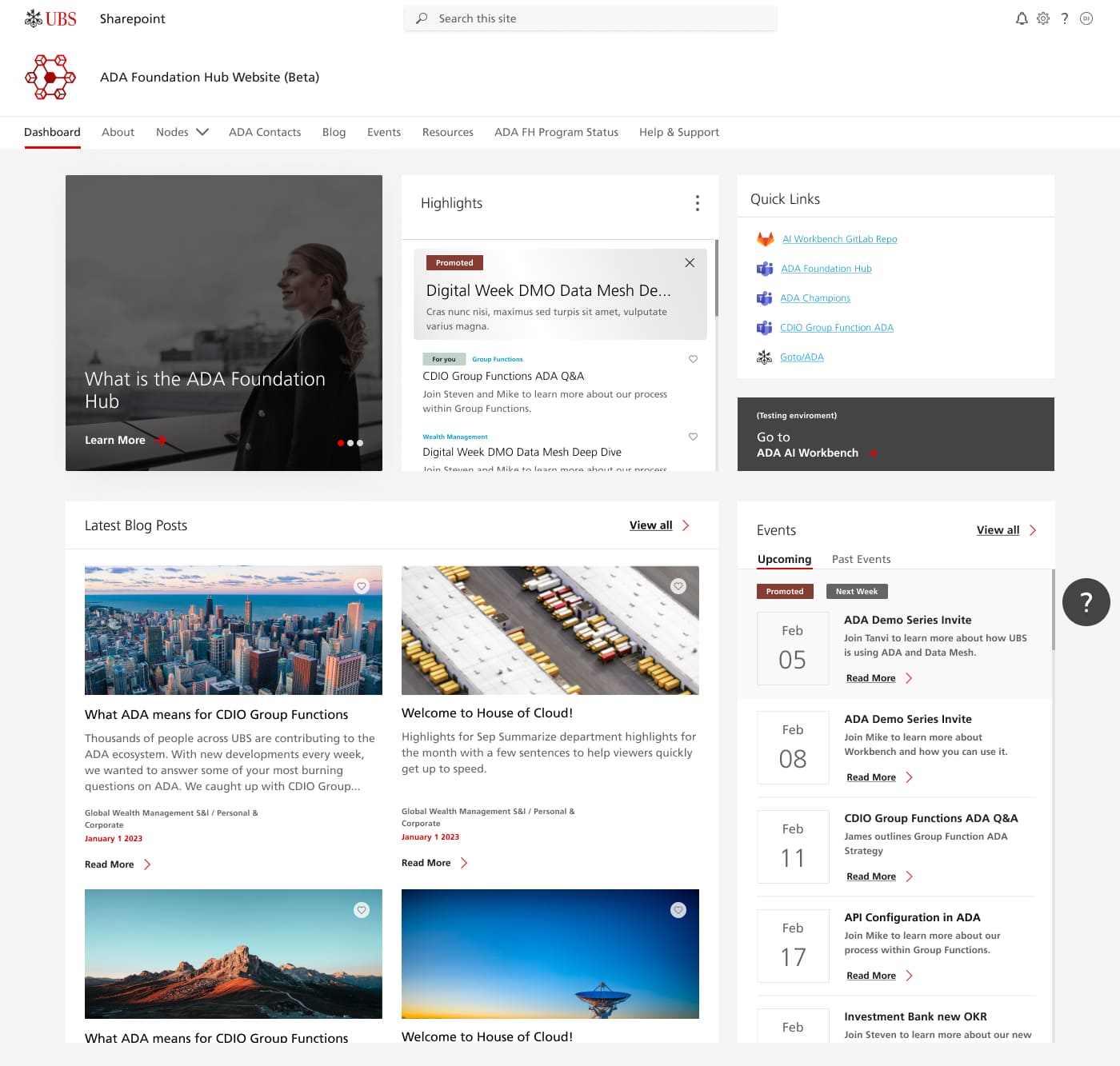Data product catalog with customisable checkout experience
UX/UI Design
Research
Design Systems
oisinmckeever.com
For this project, I led the design and research strategy. It was my responsibility to extract requirements from stakeholders, connect with users to understand their landscape and create hi-fidelity designs and prototype whilst collaborating with front-end development
The existing landscape made data discovery a cumbersome process. The lack of a central catalog hindered users' ability to find and utilise relevant data. This created inefficiencies, security issues, and obstacles to data-driven decision-making.
Data Product creation was done without a UI, relying on highly technical skilled users to create data products using API's, this became a barrier for creation, reducing the amount of users who could contribute.
To address these challenges, we created a data platform that streamlined data discovery, simplified creation, enhanced security and empowered users to leverage data effectively.
Outcomes
350%
Increased data product usage by 350% after the platform launch. Helping the organisation become more data-driven
80%
80% Reduction in Data Product creation time from 15 minutes to an average of 3 minutes.
Key Features
002
01 Data Product Catalog and Filter System
We designed a retail-inspired catalog for discovering available data products, a central location for all data products in the organisation. Users could search and filter to refine their search results.
03 Customisable Check-Out
The complexities of data products required a highly customisable experience, what platforms to consume with?, which version of the data?, which output port type do you want to consume from?







